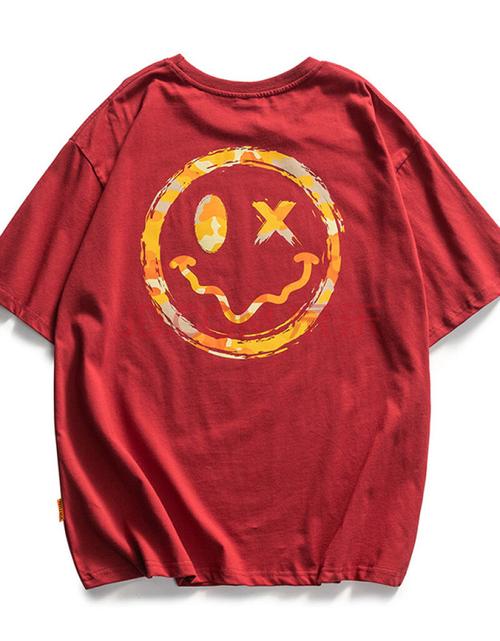In winter, keeping warm is our focus. Choosing the right fabric can provide effective warmth. The following is a breakdown of the thermal insulation effects and applicable scenarios of different fabrics:
1. Wool: Wool is a classic thermal fabric with good thermal insulation properties. Its fiber structure contains many small gaps, which can effectively block the entry of cold outside air while keeping the body warm. Wool has high hygroscopic properties and can absorb sweat and evaporate it quickly, keeping the body dry and comfortable. Ideal for outdoor activities, winter sports and extended indoor wear in cold weather.
2. Suede fabric: Suede fabric is usually made of synthetic materials such as polyester fiber, which has a good thermal insulation effect. There is a dense layer of short velvet on its surface, which can form an air layer and effectively block the cold airflow from the outside. It also has strong moisturizing properties and can quickly absorb and release moisture for added comfort. Suede fabric is suitable for daily indoor wear, outdoor walking in winter and other activities.
3. Velvet fabric: Velvet is a fabric woven from thick wool or blended fibers, which has a good thermal insulation effect. Its fibers are longer, creating more air layers and effectively blocking cold air. Due to its thick and soft texture, velvet fabric is suitable for making jackets, coats and other warm winter clothing.
4. Down: Down is a thermal insulation material extracted from the feathers of birds. Since down has many small filaments and fine air pockets, it can effectively lock the heat generated by the body and reduce heat loss. Down jackets are an excellent choice for warmth in winter and are particularly effective in cold environments with low humidity. However, down absorbs moisture easily, and its thermal properties may decrease when exposed to moisture.
5. Technical fiber: Technical fiber fabrics such as polyester, nylon, spandex, etc., usually have excellent thermal insulation properties. They quickly transfer sweat from the surface of the skin to the outer layer of the fabric, where it quickly evaporates, keeping the body dry. These fabrics also have good breathability and windproof properties, effectively blocking the intrusion of cold air. Technical fibers are suitable for high-intensity activities such as outdoor sports and skiing, as well as occasions where windproofing and warmth are required.
When choosing warm winter fabrics, we need to consider factors such as activity intensity, ambient humidity and temperature. Wool, suede and velvet fabrics are suitable for daily wear and general outdoor activities, while down and technical fibers are more suitable for more intense sports and outdoor activities in cold environments. At the same time, paying attention to the quality and details of the fabric also have an important impact on the thermal insulation effect. By choosing the right fabrics, we can stay warm and comfortable during the cold winter months.





